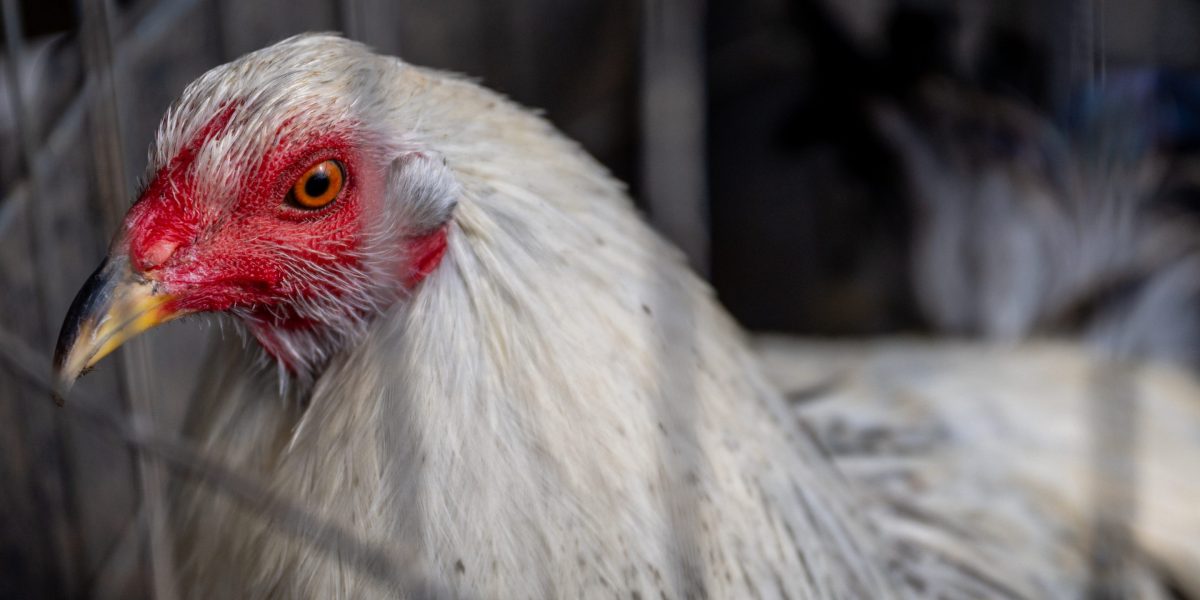Time: 2024-07-15

Four poultry workers in Colorado have been diagnosed with bird flu , bringing the total number of cases in the U.S. to nine . The first human case of the current outbreak was detected in 2022 , also in a Colorado poultry worker . The workers experienced mild symptoms such as reddened and irritated eyes , fever , chills , coughing , sore throat , and runny nose . They were culling poultry at a farm in northeast Colorado and had direct contact with infected birds.
A bird flu virus , known as H5N1 , has been spreading among mammals since 2020 in various countries . Earlier this year , the virus was detected in U.S. livestock and is now circulating in cattle in several states . The Centers for Disease Control and Prevention ( CDC ) has sent a team to Colorado to assist in the investigation . The virus has not spread between people , but officials are closely monitoring the situation due to its potential threat.
The latest cases in Colorado have prompted the state 's health department to report a disaster emergency and declare a public health crisis . The outbreak affected nearly 1.8 million chickens at an egg farm in Weld County . The workers involved in culling the chickens exhibited mild symptoms , including conjunctivitis and respiratory issues , but none were hospitalized . Experts have expressed concerns about the virus spreading to humans and the potential for a pandemic.
The urgency of the situation has led to calls for a more aggressive response from health agencies to reduce human exposure and prevent further spread . Experts emphasize the importance of testing animals and workers on farms , as well as implementing measures such as vaccinations and antivirals . Farmworkers are considered to be at high risk due to their proximity to infected animals . The CDC continues to assess the risk to the general public as low , but experts stress the need for proactive measures to contain the virus.
While the CDC has not yet seen genetic changes in the virus that would increase the likelihood of human transmission , they acknowledge the importance of testing and surveillance . There are concerns about the lag time in reporting testing results by the U.S. Department of Agriculture , which hinders efforts to track and contain the virus . More widespread testing , including serosurveillance , is needed to understand the extent of spillover and potential human - to - human transmission.
Experts recommend making vaccines available to high - risk individuals , such as farmworkers , to prevent the further spread of bird flu . Despite challenges in coordinating federal , state , and local agencies , proactive measures are essential to stop the virus in its tracks . The current situation in Colorado underscores the need for a coordinated and urgent response to contain the Avian influenza outbreak.